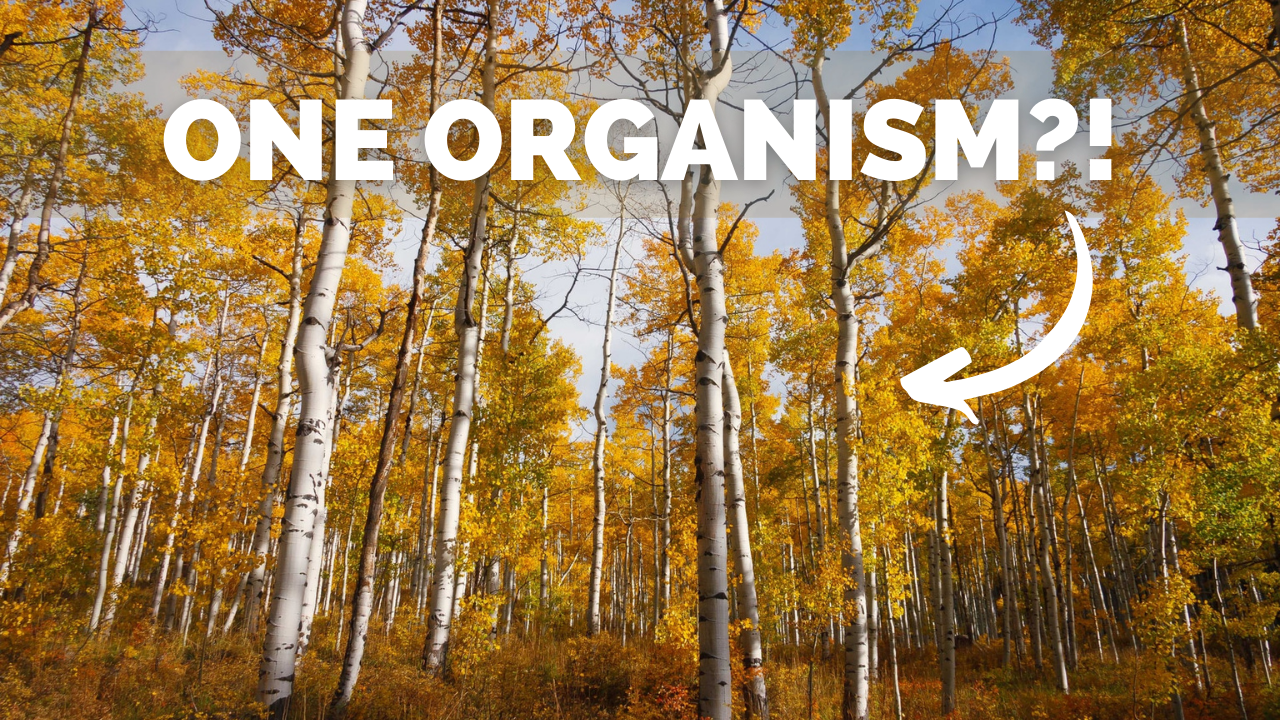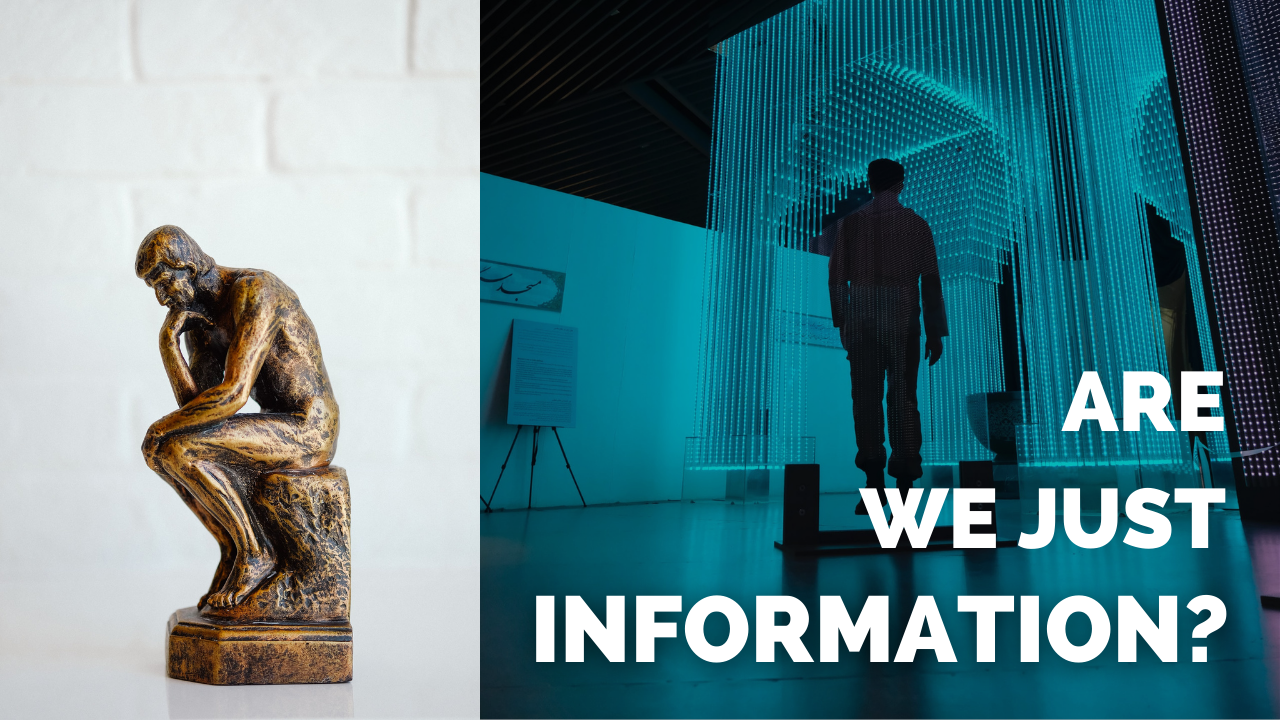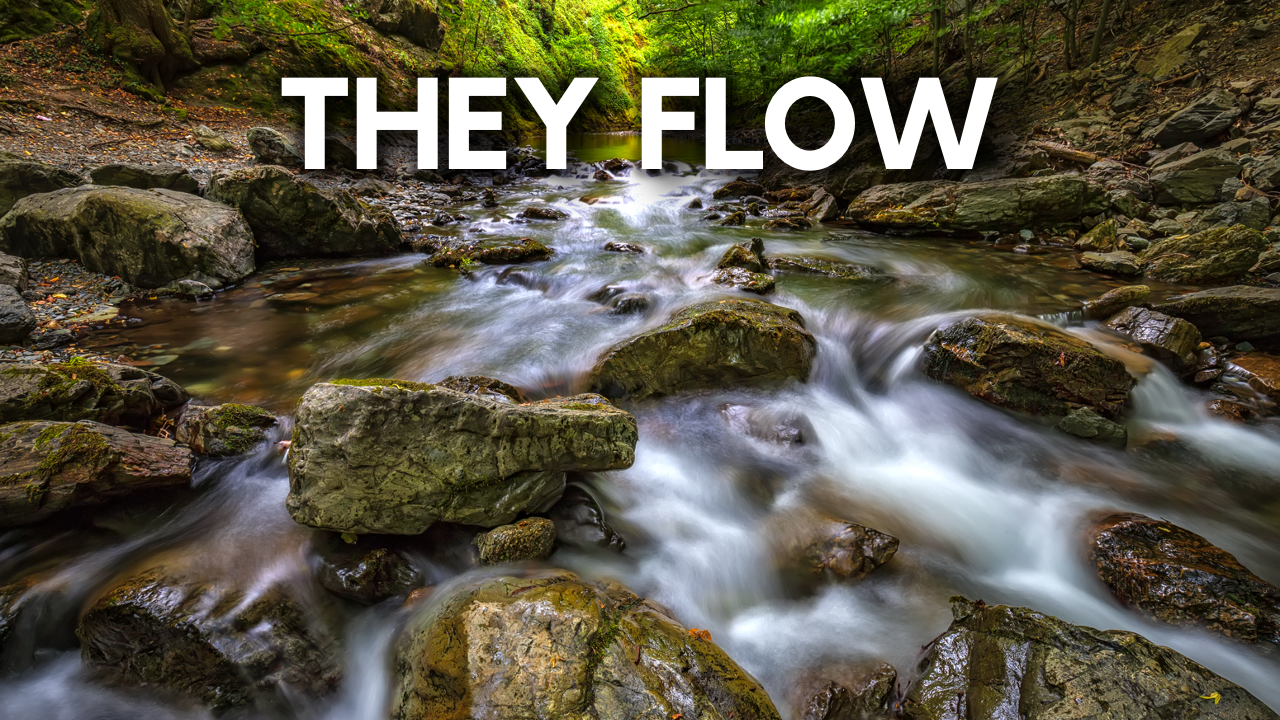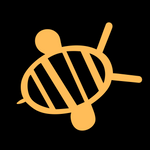This video started out as the following two blog posts. They cover some slightly different topics though.


And the blog posts were originally inspired by these two articles:

Peter Godfrey-Smith has written a fantastic book Darwinian Populations and Natural Selection covering his concept of Darwinian individuals and much more. It is relatively accessible for someone with at least a high school biology background and a willing to dip their toes in some philosophical ideas. Peter's writing is very clear and easy to follow - and the blend between philosophy and biology is seamless.
For further reading on process ontology in biology I recommend this recent pre-print by Benjamin Falandays.
For some of the deeper philosophy discussed in the video, see the links below but the Stanford Encyclopedia entries are always a nice start.
And for Krakauer's information theory stuff jump to the bottom of this page.
Vsauce made a very similar video on the problems with substance ontology here, but I felt like I had to give a biological spin. But we discuss many of the same topics. Definitely still worth a watch. Plus Michael is funnier than me.
References
"To start, we could actually say that there is only one real individual here - the entire colony. Much like our bodies, it has reproductive organs (the queen), limbs that carry out the day to day tasks of the hive (the workers) and a place for everyone to live and interact together (the hive itself)."
This touches on the concept of superorganisms that include things like ant and bee colonies and even human societies. It is still a contentious idea but was championed by the late E.O. Wilson and Charles Darwin himself.
Source:

"Wilson was inclined to think that highly social organisms are integrated to such an extent that they are better treated as one overall unit—a superorganism—rather than as individuals in their own right. This view was suggested by Charles Darwin himself in On the Origin of Species (1859). Wilson expounded on it in Success, Dominance, and the Superorganism: The Case of the Social Insects (1997)."
"To answer this question we’ll need to look at one of the oldest questions in all of philosophy. One that both Eastern and Western philosophers have pondered for thousands of years, and for which we still have no dominant answer let alone a consensus. The question?
Who or what am I?"
Source:

"They have been discussed since the origins of Western philosophy, and most major figures have had something to say about them. (There is also a rich literature on the topic in Eastern philosophy, which won't be discussed;"
"What am I? ... There is no consensus or even a dominant view on this question."
"Because our body replaces almost 98% of the atoms within it every year."
This is actually not completely accurate but the figure is often quoted by philosophers and biologists alike. The original number was calculated by nuclear physicist Paul Aebersold in 1954, but his results are debated. Nonetheless, the point was to make the argument that the matter contained within us changes over time which is still true, the actual quantity is not so important.
Sources:

Aebersold, P. C. (1954). Radioisotopes - New Keys to Knowledge.
"Often “annata” is mistranslated as a the teaching that “there is no self” but this is not quite right and this mistranslation has been called the “granddaddy of fake Buddhist quotes.”
Sources:


"The Scottish philosopher David Hume used these Buddhist ideas to coin his own 'bundle theory of the self'."
"When I enter most intimately ... but the perception."
Sources:

"Hume also claims that we never directly apprehend the self. Unlike Descartes, he concludes from this that there is no substantial self. In a famous passage, Hume uses introspective awareness to show that the self is a non-substantial “bundle” of perceptions."
Hume, D., 1739–1740/1978, A Treatise of Human Nature, L. A. Selby-Bigge (ed.); revised by P.H. Nidditch, Oxford: Oxford University Press. Page 252.
"With all of this in mind, we get a nice answer to the ship of Theseus paradox. Neither Ship 1 or Ship 2 is the real ship of Theseus because the ship of Theseus doesn’t exist."
Funnily enough, the most accessible summary of this idea of non-substantial existence is Vsauce's video.
Sources:
Unger, P. (1979). There are no ordinary things. Synthese, 117-154.
[Dictostelium discoideum films]
Beautifully captured by Professor John Bonner and Professor Jeremy Pickett-Heaps. They have sadly both passed away recently, though their films remain available to us.
[Image of Slime Mold Life Cycle]
Source: Tijmen Stam
[Image of Drosophila]
Source: Sanjay Ach
[Image of Slime Mold fruiting bodies]
Source: Tyler Larsen
"Cases like these highlight why Chris Fields and Michael Levin argue for ditching the notion of discrete individuals entirely."
Source: Fields, C., & Levin, M. (2020). Scale-Free Biology: Integrating Evolutionary and Developmental Thinking. BioEssays, 42(8), 1900228.
"The first is that the traditional, intuitive concept of an “individual organism” with a well-defined genotype, phenotype, and boundary — and in consequence, a well-defined environment com-prising “everything else”— has lost its utility and possibly even its meaning."
[Video of cell motor proteins]
Also beautifully animated by Drew Berry from the Walter and Eliza Hall institute. He has made several amazing animations on WEHIMovies which you should also check out.
Source:
"This is the basis of Peter Godfrey-Smith’s concept of Darwinian individuals."
The paper is more or less an extract from Peter's book.
Source: Godfrey-Smith, P. (2013). Darwinian individuals. From groups to individuals: evolution and emerging individuality, 16, 17.
Godfrey-Smith, P. (2009). Darwinian populations and natural selection. Oxford University Press.
"Or more specifically, using Lewontin’s criteria, an entity that exists in a population with variation, differences in reproductive success and inheritance of traits from parent to offspring."
Sources: Lewontin (1970). "The units of selection." Annual Review of Ecology and Systematics 1: 1-18.
Lewontin, R. C. (1985). "Adaptation," in R. Levins and R. C. Lewontin (eds.), The Dialectical Biologist. Cambridge, MA: Harvard University Press, 65–84.
[Image of COVID-19 Variants]
Source: Mahase, E. (2021). Covid-19: How many variants are there, and what do we know about them?. Bmj, 374.
"Richard Dawkins invented it to describe packets of culture that can evolve by natural selection, not just images with text scribbled on them."
Source: Dawkins, R. (1976). The Selfish Gene. Oxford University Press. Chapter 11.
"Memes can reproduce by spreading through minds."
Source:
[Image of Group/Individual Selection]
Source: Waring, T. M., Kline Ann, M., Brooks, J. S., Goff, S. H., Gowdy, J., Janssen, M. A., ... & Jacquet, J. (2015). A multilevel evolutionary framework for sustainability analysis. Ecology and Society, 20(2).
"So group selection is possible and honey bee colonies have some Darwinian individuality. But this still remains a hugely contentious topic among biologists."
This is probably the biggest debate in evolutionary biology today. I wrote a blog post looking at some of the sides here. Quanta has also written a great article as well as Samir Okasha. More in depth reading can be found in Okasha's book, if you're interested in diving into the debate.
Sources:
Okasha, S. (2006). Evolution and the levels of selection. Clarendon Press.
Gardner, Andy. "The genetical theory of multilevel selection." Journal of evolutionary biology 28.2 (2015): 305-319.
Nowak, M. A., Tarnita, C. E., & Wilson, E. O. (2010). The evolution of eusociality. Nature, 466(7310), 1057-1062
"This is a fine solution, but biologists are still pretty unsure of how exactly to define what an organism is. Some even argue that no definition is possible at the moment."
Source:
Cleland, C. E. (2012). Life without definitions. Synthese, 185(1), 125-144.
Cleland, C. E. (2019). The Quest for a Universal Theory of Life: Searching for Life as we don't know it (Vol. 11). Cambridge University Press.
"That is, we have looked at organisms as collections of stuff and investigated the properties of that stuff to determine what an individual is. This is known as substance ontology.But some philosophers and scientists say that we may have gotten it all wrong."
Sources:
Nicholson, D. J., & Dupré, J. (2018). Everything flows: towards a processual philosophy of biology (p. 416). Oxford University Press.
Falandays, J. B. (2021, October 13). Shedding Our Substantial Baggage: Towards a Process-Ontological Turn in Cognitive Science. https://doi.org/10.31234/osf.io/zyq9f
"So that leaves us with a nice set of objects to analyse - Darwinian individuals - and a hodgepodge of other things."
Source:
"It originated in the West with the Greek philosopher Heraclitus and his teaching of 'everything flows'."
"One interpretation of what Heraclitus means by this is that: a river is not defined by the water that makes it up, a river is the process of water flowing."
Heraclitus is known as "The Obscure" so interepreting his philosophy is needless to say, pretty difficult. A more familiar fragment from him is "no man steps in the same river twice." This was actually Plato's interpretation of (part of) Heraclitus' philosophy but some scholars are now saying that this may have been incorrect, and Heraclitus actually meant something different. It is this non-Platonic more modern interpretation of Heraclitus that I have taken here. In particular, it is based off of the 'ever-newer waters flow on those that step in the same rivers' fragment.
Check out the Stanford Encyclopedia of Philosophy entry on Heraclitus for a nice overview.
Sources:

Kirk, G. S., 1954, Heraclitus: The Cosmic Fragments, Cambridge: Cambridge University Press.
Marcovich, Miroslav, 1967, Heraclitus, Mérida, Venezuela: University of the Andes Press; 2nd ed., Sankt Augustin: Academia Verlag, 2001.
Information Theory
"...but just two years ago it got a long-awaited reboot via the mathematics of information theory. This new framework was spearheaded by David Krakauer..."
I guess this is the climax of the video. The paper itself is (sorry David and authors) pretty bloody hard to read. It took me a week to work through and understand what was going on. If you want to get a better grasp of the theory, I recommend looking at the full lecture David gave at SEMF's 2021 Numerous Numerosity, which I showed for about 10 seconds. Quanta have also nicely written up the main ideas of the paper for a general audience. They also made a video.
Source: Krakauer, D., Bertschinger, N., Olbrich, E., Flack, J. C., & Ay, N. (2020). The information theory of individuality. Theory in Biosciences, 139(2), 209-223.





Member discussion: